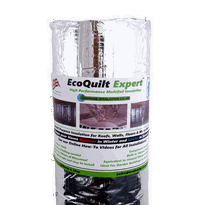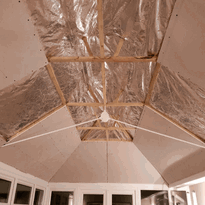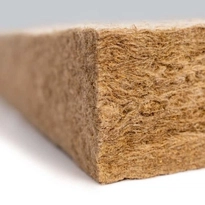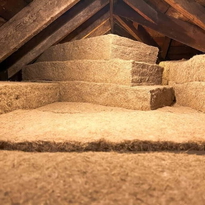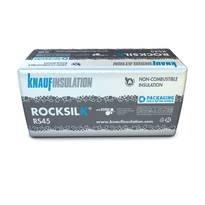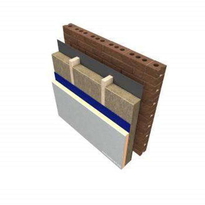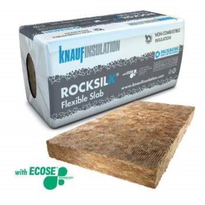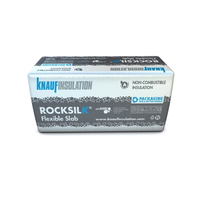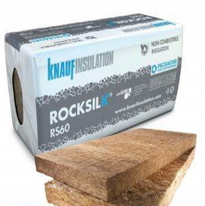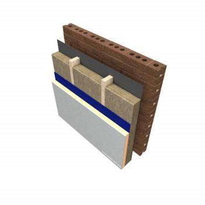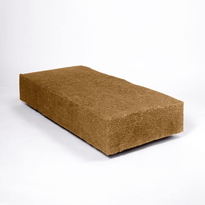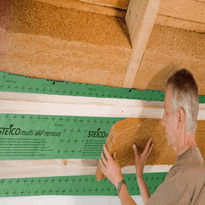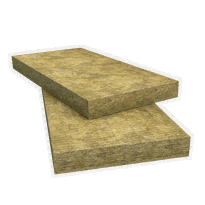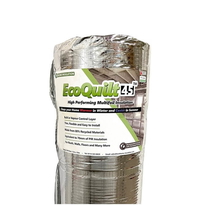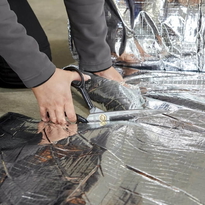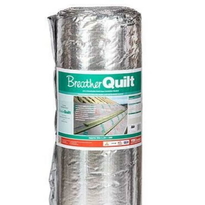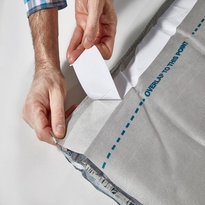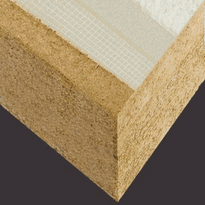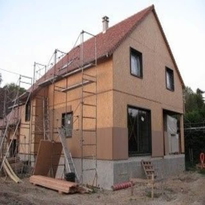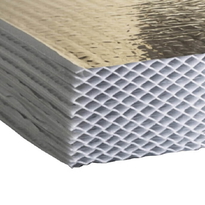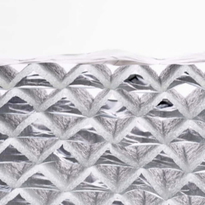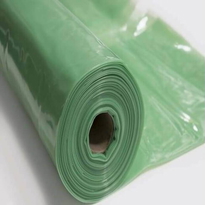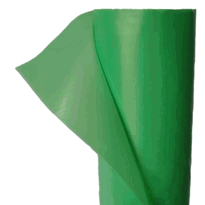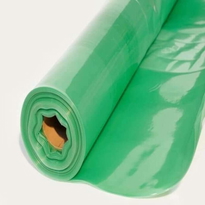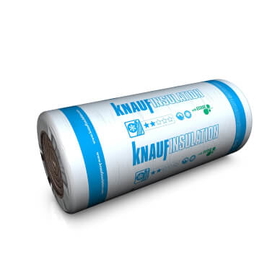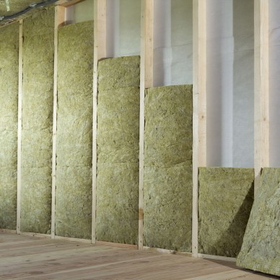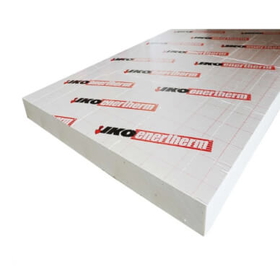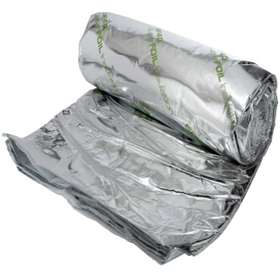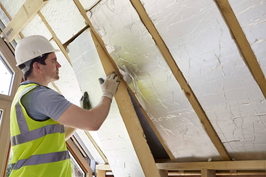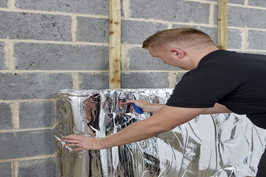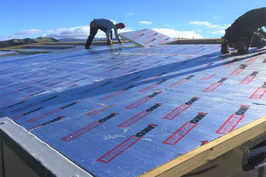Warm Batten Insulation
First of all, let's explain the cold batten method. This means that battens are fixed directly to the wall and only have insulation between battens. Whilst this is quick and easy to do, it can also mean cold bridging through the battens to the internal surface of the plasterboard because the battens are in direct contact with the cold external wall and the internal warm surface.
In the warm batten approach, however, it is the insulation layer that is applied directly to the existing wall surface, making it an integral part of the wall assembly. With the insulation making direct contact with the wall, it enhances thermal performance, ensuring better retention of heat within the space and preventing cold bridging.
Battens are then meticulously aligned at specific intervals on top of this insulation layer. The fastening of these battens involves driving screws through them, penetrating the insulation, and anchoring into the wall structure. You can use screws and rawlplugs or concrete self tapping screws direct onto walls but always check with manufacturers recommendations.
The subsequent step involves inserting either rigid or semi-rigid insulation between the battens. This essentially forms a 'sandwich' of insulation materials, enhancing the wall's overall thermal efficiency. Following this, plasterboard can be affixed over the battens to provide a smooth, finish-ready surface.
Another method that would qualify as warm batten insulation is where an insulation layer is used over the battens, creating a continuous insulation layer between the battens and the internal plasterboard surface. Insulated plasterboard does a great job of providing this continuous layer of insulation.
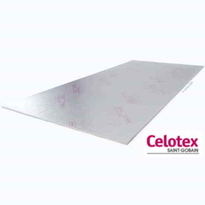
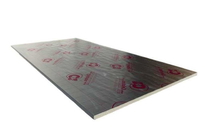
Celotex GA4000 - High-Performance PIR Insulation Board - 2400 x 1200mm
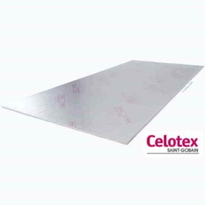
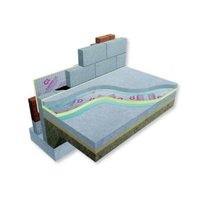
Celotex TB4000 - High-Performance PIR Insulation Board - 2400 x 1200mm
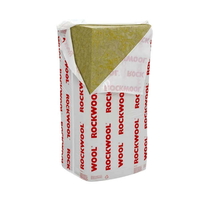
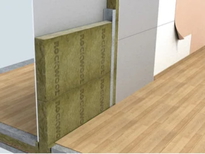
Rockwool RWA45 Mineral Wool Thermal And Acoustic Insulation Slab - 1200 x 600mm
Similar Categories
Understanding the Warm Batten Insulation Method
There are two main methods of batten wall insulation: cold batten and warm batten.
In the cold batten method, the battens are fixed directly to the wall, with insulation only placed between the battens. This is a quick and easy method, but it can lead to cold bridging, as the battens are in direct contact with both the cold external wall and the warm internal surface.
The warm batten method is more effective at preventing cold bridging. In this method, the insulation layer is applied directly to the existing wall surface, making it an integral part of the wall assembly. This ensures better retention of heat within the space and prevents cold bridging.
Battens are then fixed to the insulation layer at specific intervals. The battens are screwed through the insulation and into the wall structure.
Rigid or semi-rigid insulation can then be placed between the battens. This creates a "sandwich" of insulation materials, which further enhances the wall's thermal efficiency. Finally, plasterboard is affixed over the battens to provide a smooth, finish-ready surface.
Another method that qualifies as warm batten insulation is to use an insulation layer over the battens. This creates a continuous insulation layer between the battens and the internal plasterboard surface. Insulated plasterboard is a good option for providing this continuous layer of insulation.
Here are some of the key differences between the two methods:
- Cold batten:
- Quick and easy to install
- Can lead to cold bridging
- Warm batten:
- More effective at preventing cold bridging
- Requires more time and effort to install
The best method of batten wall insulation for a particular project will depend on a number of factors, such as the budget, the time constraints, and the desired level of thermal performance.

Image Source homebuilding.co.uk
Advantages of Warm Batten Insulation
One of the notable advantages of the warm batten method is the temperature stability of the battens themselves. Being enveloped by insulation, the battens are less susceptible to temperature fluctuations, thereby reducing their potential for rot and extending their lifespan.
Moreover, the accessibility of the battens beneath the plasterboard surface offers a significant practical advantage. Whether you want to hang pictures, install shelving, or affix any other kind of wall decoration or fixture, having the battens readily accessible makes these tasks simpler and more secure.
Another bonus is the flexibility to add extra battens, if needed, without major modifications. These additional battens provide enhanced structural integrity, making it feasible to hang heavier items like kitchen cabinets, entertainment systems, or even large mirrors securely to the wall.
So, while the warm batten method may be less commonly employed, its unique advantages in terms of thermal efficiency, structural stability, and practical convenience make it a worthy option for consideration.
The Benefits of Warm Batten Insulation
Energy Efficiency and Thermal Performance
One of the standout advantages of warm baton insulation is its remarkable energy efficiency. By creating an airtight barrier between the indoors and outdoors, warm batten insulation significantly reduces heat transfer. This means you can keep your living spaces at a comfortable temperature without overworking your heating or cooling systems, leading to reduced energy bills and a lighter carbon footprint.
Moisture Control and Air Quality
Another benefit is its ability to manage moisture effectively. Warm batten insulation helps prevent moisture from seeping into your walls, which can lead to mold growth and compromise indoor air quality. By maintaining a dry environment, you're ensuring a healthier living or working space for everyone.
Installation and Versatility
The installation process for warm batten insulation is relatively simple and straightforward. The pre-cut panels fit precisely between the studs or joists, reducing the likelihood of gaps that can occur with traditional insulation methods. This ease of installation not only saves time but also makes it a suitable option for various types of structures, from homes to commercial buildings.
Sound Insulation
In addition to temperature regulation, warm batten insulation also contributes to soundproofing. The dense materials used in the panels help absorb and dampen sound waves, making it a great choice for spaces where noise control is crucial, such as home offices or bedrooms. Say goodbye to unwanted disturbances and enjoy a quieter environment.
Applications of Warm Batten Insulation
Residential Buildings
Warm batten insulation is particularly well-suited for residential buildings. Whether you live in a house, apartment, or condominium, this insulation type can be used to enhance the energy efficiency of your living space. From insulating attic floors to walls, floors, and roofs, warm batten insulation can transform your home into a cosy and environmentally friendly haven.
Commercial Structures
Warm batten insulation is not limited to residential applications. Commercial structures, from offices to retail spaces, can benefit from its energy-saving properties as well. The insulation's ease of installation and versatility make it an attractive choice for a range of industries, contributing to more comfortable and productive work environments.
Retrofitting and Renovations
For older buildings that are not adequately insulated, warm batten insulation offers a fantastic retrofitting solution. By adding this insulation type during renovations, you can significantly improve the building's energy efficiency without extensive modifications. It's a win-win for preserving historical structures and reducing energy waste.
Factors to Consider When Choosing Warm Batten Insulation
R-Value and Thermal Resistance
When selecting warm batten insulation, it's essential to consider its R-value, which measures its thermal resistance. The higher the R-value, the better the insulation's ability to resist heat flow. Determining the appropriate R-value for your project depends on factors like your climate zone, the building's design, and your energy efficiency goals.
Environmental Impact
As we strive for more sustainable construction practices, the environmental impact of insulation materials becomes crucial. When choosing warm batten insulation, opt for materials that are eco-friendly and have minimal impact on the environment. Natural fibers and recycled materials are excellent options for reducing your carbon footprint.
Cost and Long-Term Savings
While warm batten insulation may have a slightly higher upfront cost compared to traditional insulation methods, it's essential to consider the long-term savings. The energy efficiency provided by warm batten insulation can lead to significant reductions in your energy bills over time, making it a wise investment in the future of your property.
Conclusion:
Warm batten insulation presents an innovative and efficient approach to energy-efficient construction. Its ability to improve energy efficiency, moisture control, indoor air quality, and sound insulation makes it a versatile and valuable option for various applications. As we strive for sustainable building practices, warm batten insulation offers a reliable way to create comfortable, environmentally friendly spaces.
Whether you're constructing a new building, renovating an old one, or aiming to enhance your commercial property's energy efficiency, warm batten insulation is a worthwhile choice. Embrace this cutting-edge insulation method and reap the rewards of a well-insulated, energy-efficient environment. If you have any thoughts, questions, or experiences related to warm batten insulation, please share them in the comments below. Thank you for reading and happy insulating!
Frequently Asked Questions
Q: What is warm batten insulation?
A: Warm batten insulation is a method of internal wall insulation that involves fixing insulation directly to the wall, then timber battens to the insulation and finally fitting insulation boards between the battens. This creates a continuous layer of insulation to help improve the thermal performance of the internal walls.
Q: What are the benefits of warm batten insulation?
A: Warm batten insulation offers several benefits. Firstly, it can greatly reduce heat loss through solid walls, helping to improve energy efficiency and decrease heating costs. Secondly, it can help to minimize condensation and dampness issues by creating a warmer internal surface. Additionally, warm batten insulation does not significantly reduce the room space compared to other insulation methods.
Q: Can warm batten insulation be used on any type of wall?
A: Warm batten insulation is most commonly used on solid walls, but it can also be applied to cavity walls and stud walls. However, it is important to ensure that the selected insulation boards and fixings are suitable for the specific wall type.
Q: How thick should the insulation boards be for warm batten insulation?
A: The thickness of the insulation boards used for warm batten insulation can vary depending on the desired level of insulation. However, it is generally recommended to use boards with a thickness of at least 50mm to achieve optimal thermal performance.
Q: How are the timber battens fixed to the wall in warm batten insulation?
A: The timber battens are typically fixed to the wall using appropriate fixings, such as screws and rawlplugs. It is important to ensure that the fixings are securely attached to the wall.
Q: Can warm batten insulation solve condensation issues?
A: Warm batten insulation can help to minimise condensation issues by creating a warmer internal surface and preventing cold bridging. However, it is important to properly address any existing condensation issues before installing the insulation, as the insulation alone may not completely eliminate the problem. You may also need a vapour barrier to prevent moisture from
Q: Can warm batten insulation be installed in stone walls?
A: Yes, warm batten insulation can be installed in stone walls. However, the installation process may require additional considerations to ensure that the fixings can securely anchor to the irregular stone surface.
Q: Is it necessary to insulate internal walls if the loft is already insulated?
A: Insulating internal walls can still provide benefits even if the loft is already insulated. Insulating internal walls can help to minimize heat loss and improve energy efficiency, as well as reduce drafts and create a more comfortable living environment.
Q: Can warm batten insulation be installed in kitchens and bathrooms?
A: Yes, warm batten insulation can be installed in kitchens and bathrooms. If foil faced insulation boards are used and the vapour barrier is maintained, water vapour and condensation can be stopped from reaching external walls and all the problems this entails.
